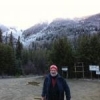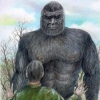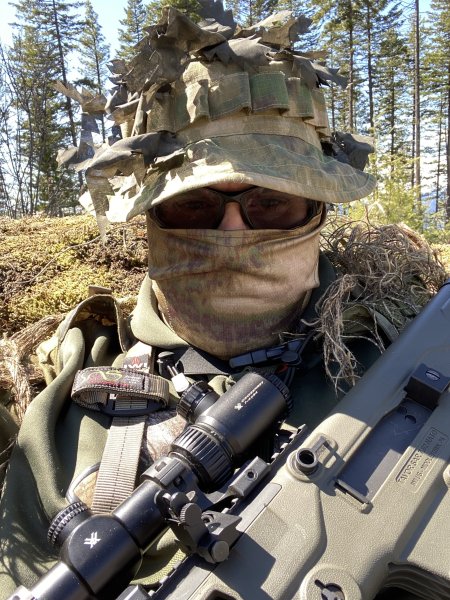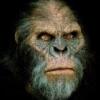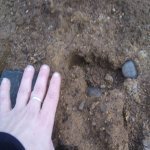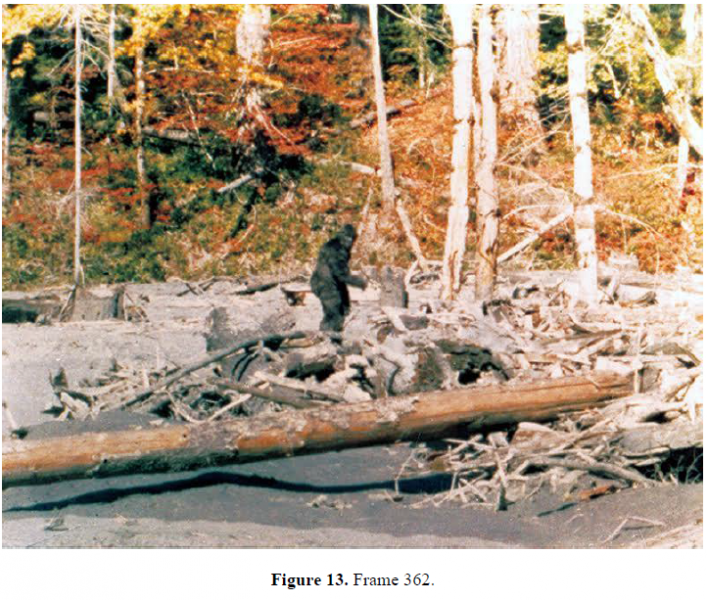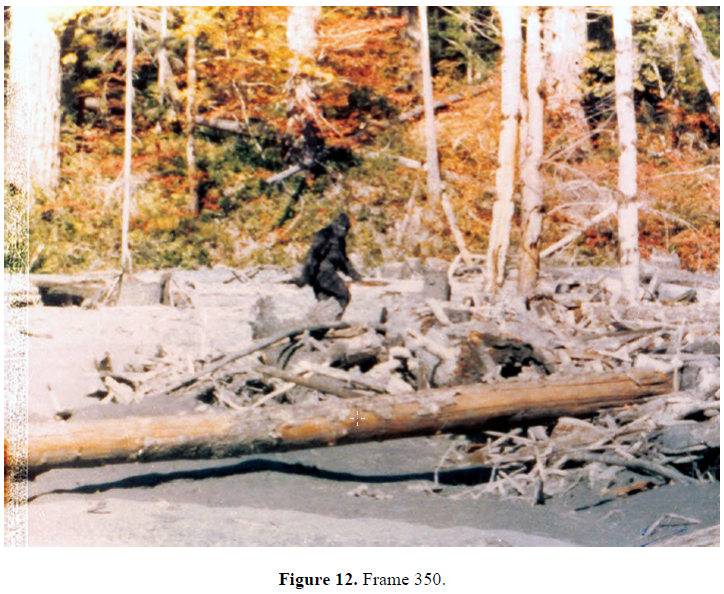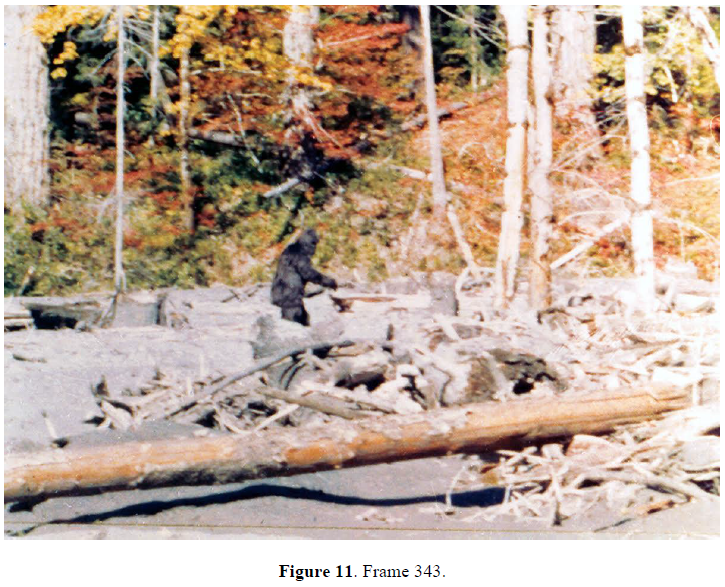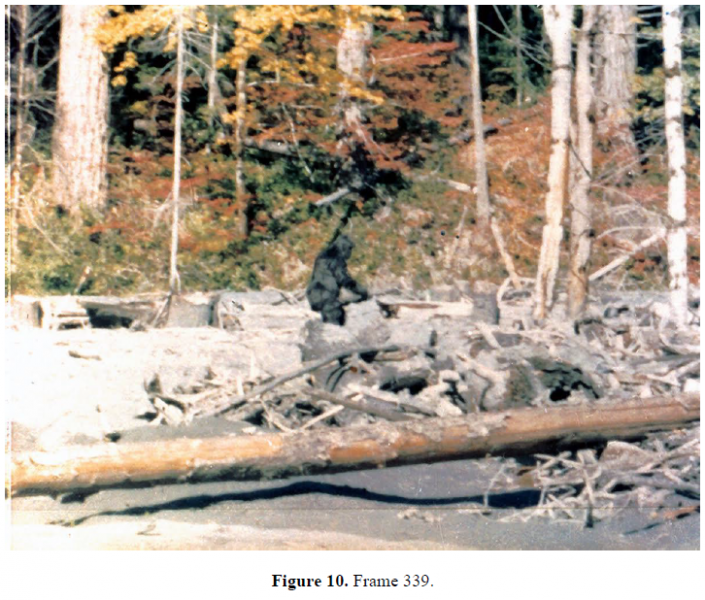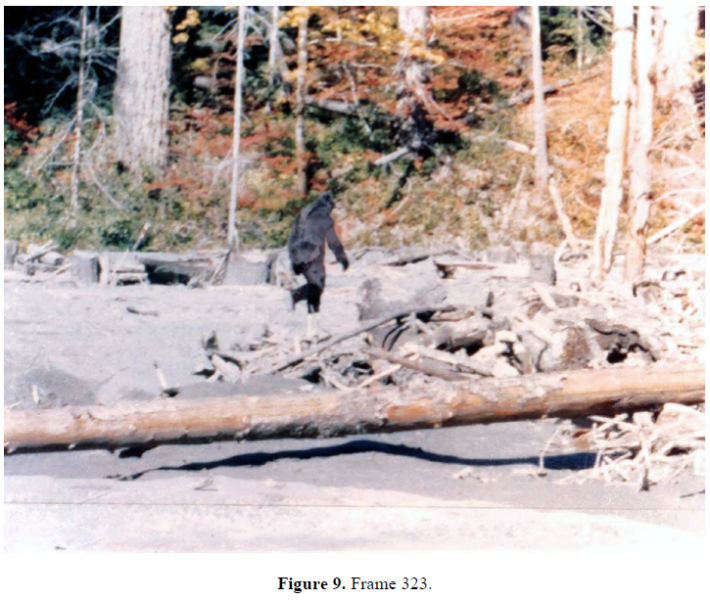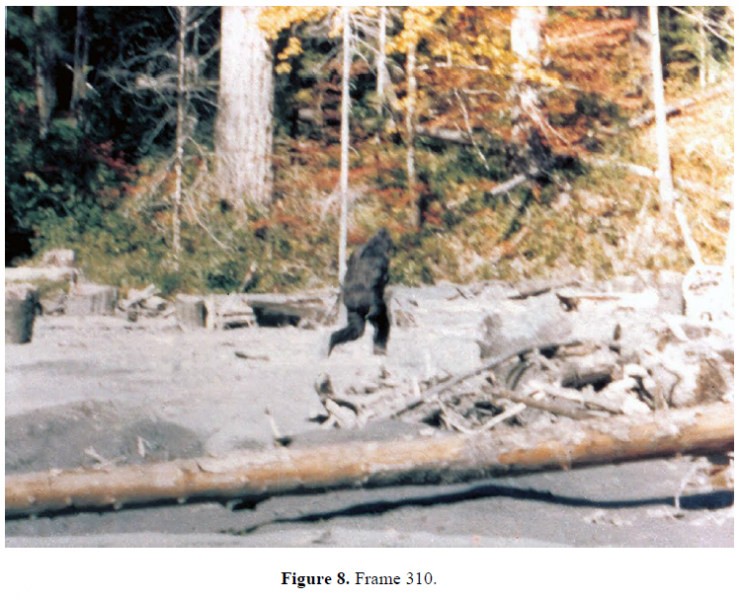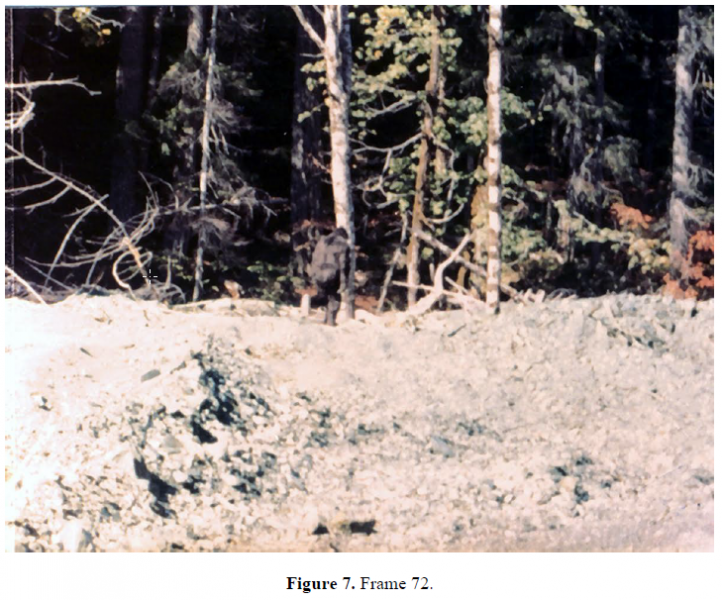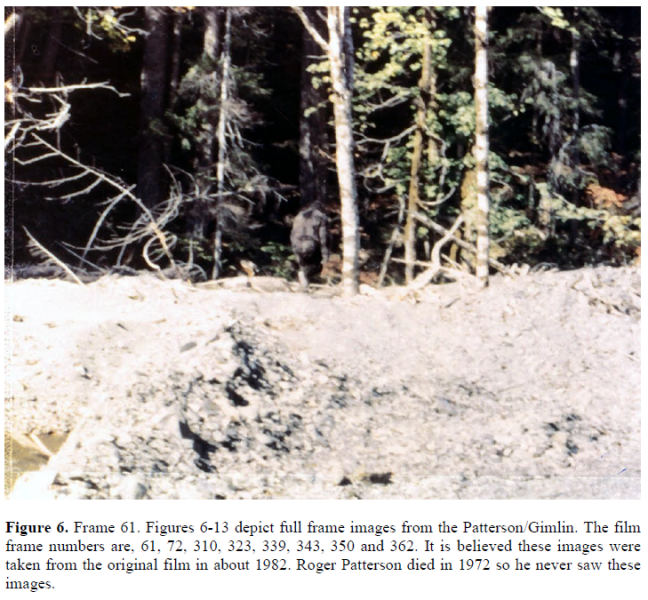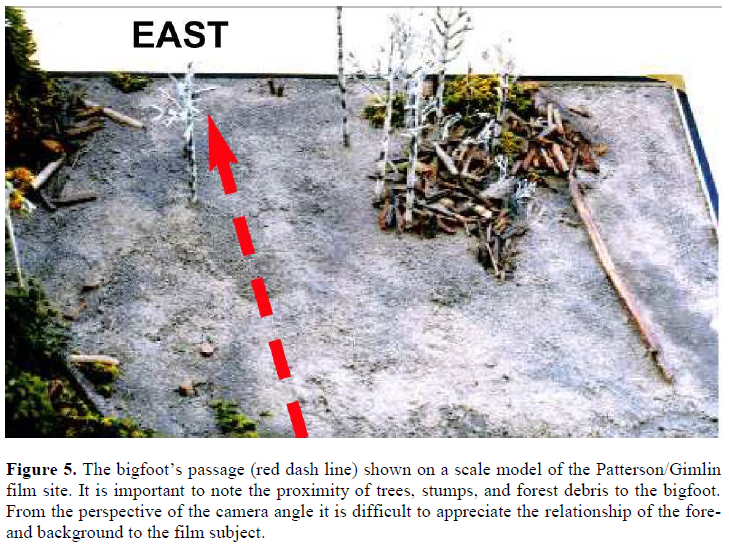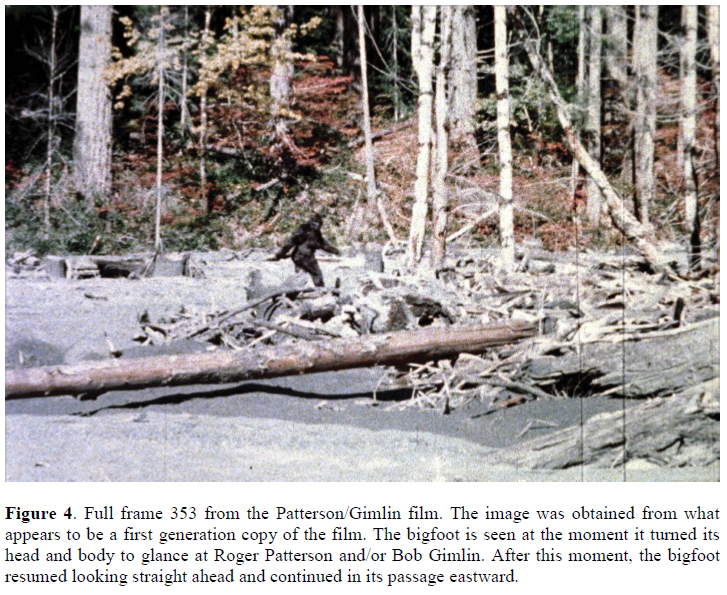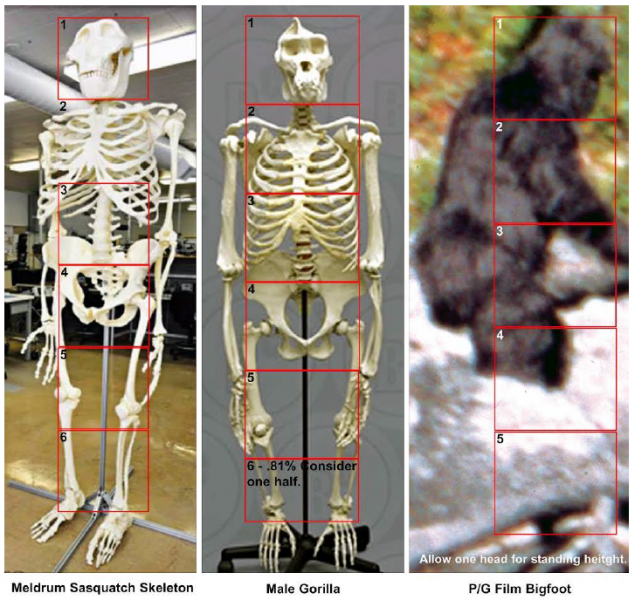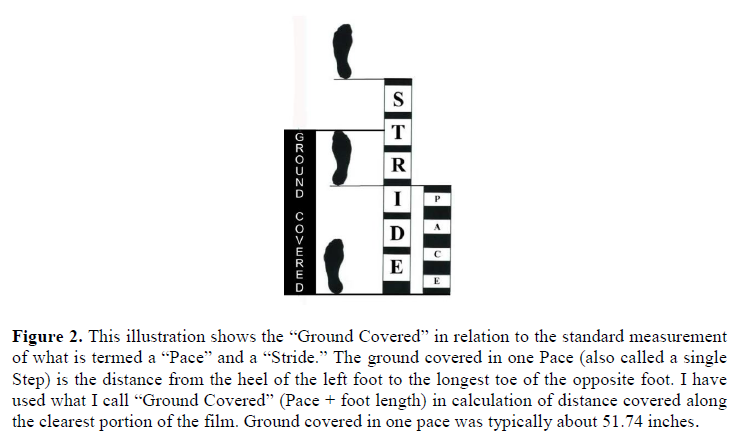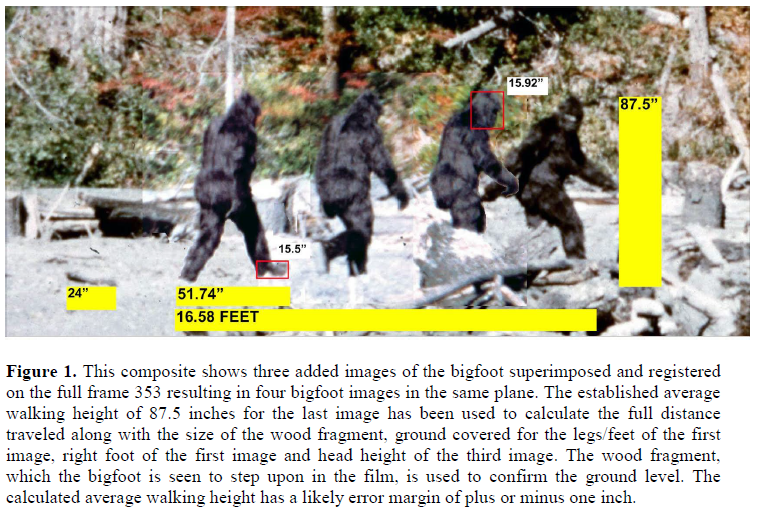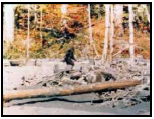Leaderboard
Popular Content
Showing content with the highest reputation on 04/25/2022 in all areas
-
I spent most of the day in the Chilliwack River drainage, with my son and daughter. It was a pleasant Sunday adventure drive in some beautiful coast range country, exploring offshoots of the main logging roads on the east side of the river to assess the damage done by last fall's "100 year" rain events, that washed some roads away, and buried others under mud and rockslides. We encountered both situations, with one of the only trails that ascends to the top of the ridge on the east side of the valley blocked by massive amounts of rock and timber from the slope above, and another that leads to a lake cut off by a washed out creek crossing, though we found a bypass had been created by 4x4s crossing through the creek bed above the cut off section of road, so we did get to the lake. The only wildlife spotted were some frisky blue jays, and a few squirrels. We did see some fresh bear scat, so they're out of their dens and active in the area again.2 points
-
This is sort hypothetical topic, but I thought it would be interesting at least as a thought experiment. How do you think Sasquatch would have fit into the Pleistocene in North America, especially with all of the other megafauna and their extinctions? I think considering the context of what kind of ecosystems and landscapes Sasquatch would have evolved in back then can be helpful when thinking about potential behaviors and models today. Something to consider is that Bigfoot would have almost certainly crossed over from Asia over the Bering Land Bridge sometime 12k years ago or much earlier. They wouldn’t be the biggest baddest predator like they are now. There would be Smilodons, Lions, Short Faced Bears and all sort of other nasty stuff. Could this explain their preference for remote habitat? Living in dense mountainous forests away from predators? Much of the megafauna went extinct at the end of the last ice age, when widespread human habitation also happened. Humans potentially caused this. What allowed Sasquatches to survive while other megafauna went extinct? Could this also help explain their rareness and reclusiveness form humans? Perhaps they’re recovering from a near extinction back then. Jaguars and Cougars went extinct in North America at the end of the Pleistocene, and only recolonized from South America after. I think it would be smart for researches to keep an eye out for potential fossil evidence from back then. While the connection is far fetched, there is an interesting site from 120k of a Mastodon that might have had marrow taken out of it by hominids: https://www.sciencealert.com/mastodon-residue-supports-controversial-theory-about-the-first-settlers-in-america/amp1 point
-
Hi, I'm Ben, currently live in Texas and have been interested in reading and learning more about sasquatch.1 point
-
Well .. I can't disprove that so I have to leave it on the table as a possibility. Not really a valid scientific process, but lets say I'd rather that wasn't the answer. MIB1 point
-
Hi, I'm new here. I came into the subject through watching the various shows out there, Finding bigfoot, expedition Bigfoot etc, and am hooked on the subject. looking forward to participating here!1 point
-
Hello There. I've had an interest in Sasquatch for over 10 years now. As a a self-proclaimed scientifically minded person, it's been a guilty pleasure that I have pretty much accepted is here to stay. I just feel I have a lot of ideas and opinions to contribute to the subject, and I'd love to hear what other people think about them.1 point
-
Mesh drywall tape might work well too. I’ve used it to reinforce JB weld before.1 point
-
I'm confident that sasquatches inhabit the Rockies, too, but I believe that it is at lower densities. I also believe that their vocal habits are like wolves: in some areas, wolves are very quiet, and in others they sing like Baptists on Sunday. I think that's all about hunting pressure.........or human intrusion.1 point
-
This shows the big problem I have with BFRO. They only release 1 in 15 cases (~ 7%). Put them all out there and let the people decide. OK, they can hold the ones they are actively investigating or seem promising. If they do not feel that a report is credible, then put a flag on it saying so, but let the people at least see it. Maybe, just maybe, someone else in that area had a similar experience and could help collaborate it.1 point
-
1 point
-
1 point
-
1 point
-
1 point
-
1 point
-
1 point
-
1 point
-
1 point
-
1 point
-
1 point
-
1 point
-
1 point
-
1 point
-
Reprinted with Permission 12/30/2018 The RELICT HOMINOID INQUIRY 6:1-16 (2017) Brief Communication THE PATTERSON/GIMLIN FILM – SOME NOTEWORTHY INSIGHTS Christopher Murphy* Vancouver, B.C., Canada ABSTRACT The motion picture film of an alleged bigfoot taken by Roger Patterson and Bob Gimlin in October 1967 is examined and data are provided on the movement and stature of the bigfoot. It is seen that the film subject’s height and walking speed exceed that of the average human and that its head height to stature ratio is essentially beyond human proportions, being closer to that of an adult male gorilla. Quality full frame images from the film are presented to illustrate the level of detail captured by the film and witnessed by Patterson and Gimlin. *Correspondence to: Editor: meldd@isu.edu © RHI KEY WORDS: bigfoot, sasquatch, Bluff Creek, California, stature, film speed ------- Seen in Figure 1 is a composite of four film frames from the Patterson/Gimlin (P/G) film, selected from the range between frame 307 and frame 352 inclusive; encompassing a 46-frame sequence. The time duration for all of these frames to show on a screen is about 3 seconds. The distance covered by the subject in this time interval was about 16.6 feet. This means that the walking speed of the film subject was 3.85 miles per hour. The average walking speed of a human is 3.1 miles per hour (Browning et al, 2006). The alleged bigfoot was over 7 feet tall (Glickman, 1998), and despite its relatively short legs we can justify this inferred speed based on a camera speed of 16 frames per second. At one time, there was discussion that a camera speed of 24 frames per second could have been used. Had this been the case, the time interval for the 46 film fames reduces to 1.92 seconds and the walking speed increases to 6 miles per hour. In human terms, 6 miles per hour exceeds the preferred transition speed between jogging and running (4.5 mph, Raynor et al, 2006). It is evident in the film that the bigfoot is not jogging, confirming a camera speed of 16 frames per second. On the ground to the left of the subject in Figure 1, can be seen a wood fragment. René Dahinden identified and retrieved a wood fragment at about this spot at the film site in 1971. It measures 26.25 inches long. While the film frames in which the wood fragment are depicted are too blurry to conclusively determine its orientation and extremities to infer its length, we can reasonably conclude it is the same fragment. It can be used as an independent approximate scale to calculate the bigfoot’s maximum walking height as 87.5 inches. For the first image of the subject in Figure 1, I have measured the “ground covered” as the distance from heel to toe of the contralateral foot during a single pace (see Fig. 2). At 5 feet 11 inches, with a foot length of 11.5 inches, my “ground covered” comes out at 34 inches. If I were the same standing height as the film subject (~94 inches, since the subject walks with flexed limbs in a compliant gait, with a forward lean of approximately 5o), then it would be about 45 inches. If my feet were 15.5 inches long, then it would come out at 53 inches. In summary, a human 94 inches tall with 15.5 inch feet would cover the same ground in a single pace; obviously, the suggestion that this is merely an average man (70 inches tall) in a fur suit is untenable. I have also indicated the foot size for the first image of the film subject in Figure 1. The pair of casts made of the fresh footprints were 14.5 to 15 inches long (one foot is a bit larger -- humans often have the same condition, including myself). The foot length is reported here as 15.5 inches because one’s actual foot length is generally larger than footprint length. One of the reasons for that disparity is that a foot is measured from the back of the heel, not the end of the sole. For the third image of the film subject in Figure 1, I have shown the vertical height of the head. Given the bigfoot standing height of 94 inches, the bigfoot is about 5.9 heads tall. Human adults are generally 7.5 to 8 heads tall. In my opinion, the size and proportion of the film subject’s head should be added to the other measurements and proportions that are essentially beyond human standards, (i.e., arm and leg lengths; Meldrum 2006). I note that Dr. Jeff Meldrum used 6 heads high for the stature of the sasquatch skeleton recon-struction he consulted on, which was based on the Patterson/Gimlin film subject (Committee Films, 2015). The measurement for a male gorilla specimen is 5.5 heads. This puts the sasquatch between gorilla and human values. The illustrations in Figure 3 contrast the relative head height in relation to stature in Meldrum’s skeletal reconstruction (Mitchell, 2015), a male gorilla (Bone Clones specimen), and the Patterson/Gimlin film subject. The P/G film image shows the walking height, so one head height should be added to accommodate comparisons with standing heights of other specimens. I need to mention that back in the days when we had to use an actual printed photograph and a metal ruler for measurements, the results were generally less accurate. Dr. Meldrum challenged one of my illustrations for this reason. He was right and his words still echo in my head. However, time has moved on and computers have replaced rulers and printed photographs. The values presented in this paper have greater precision and accuracy, with only a relatively small margin of error due in part to photographic perspective. This margin is insignificant relative to the absolute scale of the proportions we are dealing with. Figure 4 is a superior image of frame 353 (1/16th of second after the highly publicized frame 352). The scope of the frame gives you a good idea of the total distance the bigfoot traveled for the main part of the film, from which the clearest images have been obtained. It is not much more than about 40 feet. Frame 364 is the last best image. It is not even one second after frame 353. Once the film subject gets to the leaning tree on the right of the frame, it turns left, heading generally north-ward, providing a view of its back side. Keep in mind that there is nothing immediately close to the film subject, as it crosses the 40-foot eastward stretch. All the debris and trees are many feet away. If the film were taken from the left (in back of and above the bigfoot) then the scene would look as depicted in Figure 5, with the red dashed- line indicating the line of travel of the bigfoot. There is thick forest to the north and east. Bluff Creek is to the south. Patterson pursued the bigfoot from the south and west. Its passage was clear, but since Patterson was running, motion blur renders most of these film frames not useful. He stopped south of the big downed log seen in the foreground and captured about 6 seconds of film without any taller obstructions in the foreground. The most interesting images from the P/G film are what are called here the “full frames.” They are intriguing because they show what Patterson saw as he peered through the view finder on his movie camera (although what he saw was much smaller). Real photographic prints were produced for the 12 clearest frames, but only 8 survived into the 1990s (Fig. 6 through 13). Frame 352 was among those that disappeared. What we see in this frame print and that for frame 353, came from, or were derived from, an entirely different source. It is believed the photos were pro-duced in about 1982 from the original film, and a short time after that the eight photos I have were locked in a very large safe, to which the combination was lost. The safe was reopened in the early 1990s. The originals are somewhat faded and there is a little damage on one photograph, now corrected. After the first two images (Fig. 6, 7), the bigfoot went into the tree line and was only partially visible through the tree trunks and bushes. It then came out into a reasonably clear section on the sand bar, but no good images resulted until it arrived at the clear section where Patterson knelt and took reasonably steady movie footage. He moved up to the downed log at about the time the bigfoot got to the second tree seen frame right. After this point, all the images are partially blocked by the trees, until the subject was some distance farther away and provided only parting shots from behind, before disappearing into the debris upstream. What Patterson saw through the camera view finder was likely about the size of the image shown here (below). This is why he was not certain that he had indeed captured the bigfoot on film. So he arranged to ship the exposed film to his brother-in-law to develop and determine what was there before the two men (Patterson and Gimlin) left the area. As Gimlin was looking at the bigfoot directly, he would have seen it more clearly than Patterson, but naturally he had no idea of what Patterson caught on film. Had Patterson used a current-day consumer-grade video camera all we would see is a pixelated “blob squatch” with minimal detail, and limited potential for enlargement. Now there are digital video cameras that could have produced the same or even better images, albeit such cameras would have been too expensive for Patterson to have acquired, had they been available at that time. Whatever the case, we are fortunate that Patterson used a movie camera and what was considered the best film stock of that period, producing images capable of considerable enlargement and enhancement by means of modern digital technologies. At this writing, we are nearing 50 years since Patterson took the film. Few of the still images were published until 37 years later (Murphy, 2004). Lots of material, including scientific commentaries, were written, but none were illustrated with the images you see in this paper. Without getting into the reasons for this, suffice it to say it had unfortunate consequences. We might reason that had more quality images been published early on, the scientific community would have paid greater attention to the film. Even Dr. Grover Krantz could not publish all the full quality images in his landmark book (Krantz, 1999). The advent of the Internet provided some opportunity for dissemination of images, but that really came too late to have any significant impact before the bigfoot phenomenon was labeled as a tabloid subject by the scientific community and discounted. The film was dismissed as too blurry and shaky to be of any scientific merit in the absence of a specimen, or simply that it was all too obviously merely a man-in-a-fur-suit. Perhaps the publication of this paper on the occasion of the 50th anniversary year of the Patterson/Gimlin film event will draw renewed attention to the scientific merits of this most intriguing photographic evidence for the existence of a relict hominoid in North America. ACKNOWLEDGEMENTS I wish to thank Dr. Jeff Meldrum for his great assistance and advice in the preparation of this paper. Also, I wish to acknowledge Jeff Glickman, the forensic scientist who performed the first full and complete analysis of the Patterson/Gimlin film (Toward a Resolution of the Bigfoot Phenomenon, 1998). His remarkable work never ceases to amaze me. To this day it has never been equaled. LITERATURE CITED Bone Clones, Inc., Osteological Replications: Current Catalog. Canoga Park, California, USA. Browning RC, Baker EA, Herron JA and Kram R (2006). Effects of obesity and sex on the energetic cost and preferred speed of walking. Journal of Applied Physiology. 100(2):390–398. Committee Films (2015) Sasquatch Captured, The History Channel. Glickman J (1998) Toward a Resolution of the Bigfoot Phenomenon. Hood River, Oregon: North American Science Institute. Krantz, GS (1999) Bigfoot/Sasquatch Evidence, Surrey,BC, Canada: Hancock House Publishers. Mitchell P (2015) http://isubengal.com/sixteen-hun-dred-hours-of-sasquatch-skeleton/ Meldrum J (2006) Sasquatch : Legend Meets Science. New York: Doherty Publishers. Murphy, CL (2004) Meet the Sasquatch. Surrey, BC, Canada: Hancock House Publishers. Raynor AJ; Yi CJ; Abernethy B; Jong QJ (2002). Are transitions in human gait determined by mechanical, kinetic or energetic factors? Human Movement Science. 21(5–6):785–805. ------ Christopher L. Murphy retired from the British Columbia Telephone Company (now Telus) in 1994. He worked in Supply Operations and became highly involved in industrial engineering and management processes. He authored books on business management and lectured throughout Canada. He obtained certification from the University of British Columbia in Management Development and taught night school at the British Columbia Institute of Technology. A member of the Masonic Order and avid philatelist, Chris became president of the Masonic Stamp Club of New York in 2000. He wrote two books on Masonic Philately and was recognized as a Masonic author in 1995. His interest in the sasquatch commenced in 1993 and he has since authored several books on this subject, including Know the Sasquatch/Bigfoot (2010). He collected sasquatch-related artifacts and other items and curated a sasquatch exhibit at the Museum of Vancouver in 2004/5. The exhibit has since traveled to six other public museums in Canada and the USA. -----1 point
This leaderboard is set to New York/GMT-05:00



